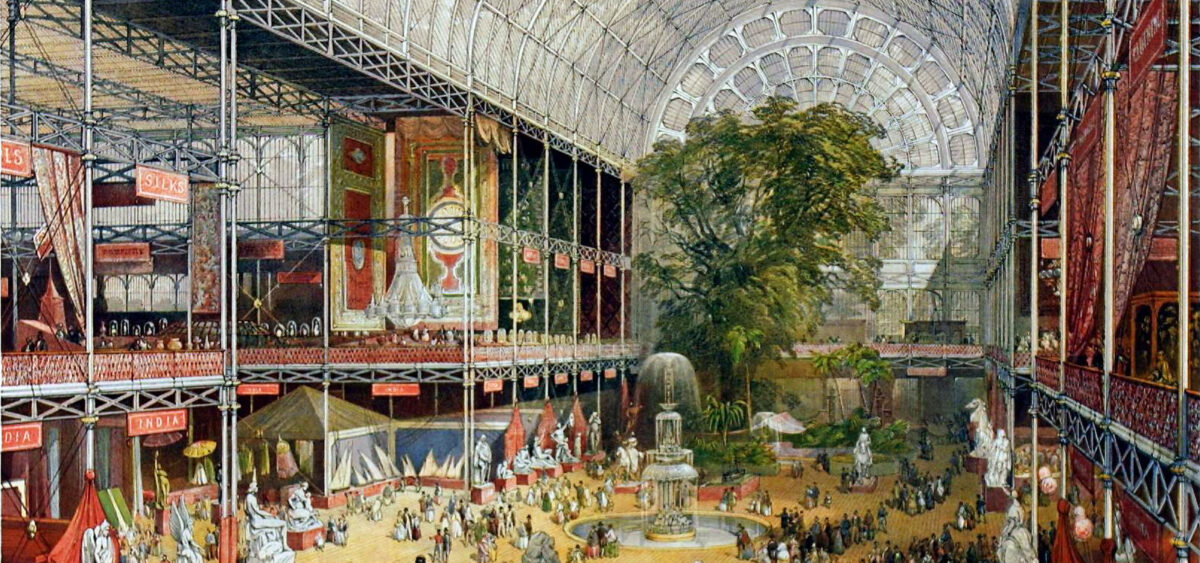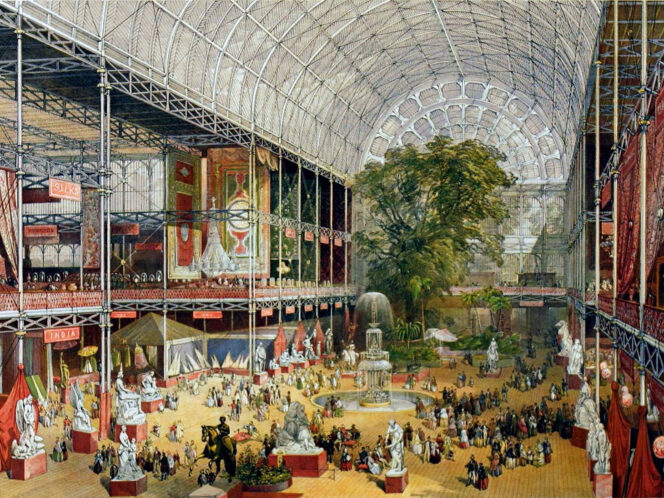
The impressive flower, discovered in the Amazon in the nineteenth century, was named in honor of the woman who ruled “the Empire on which the sun never sets.”
A childless woman yearning for a daughter consults a witch, who gives her a seed. The woman sows it, and, when the plant blooms, she finds a little girl among its petals—thus begins Hans Christian Andersen’s fairy tale, published in 1835. Titled Tommelise in the original Danish (and Thumbelina in English), it is the tale of a miniature girl who is no taller than a thumb. Vilhelm Pedersen, the Danish painter and illustrator of the first editions of Andersen’s fairy tale, depicted her on a water lily leaf.
I do not know whether the renowned British gardener and architect Joseph Paxton was familiar with this fairy tale and illustration, but a dozen or so years after the publication of Thumbelina, in the autumn of 1849, he staged a truly enchanted scene at Chatsworth House,








